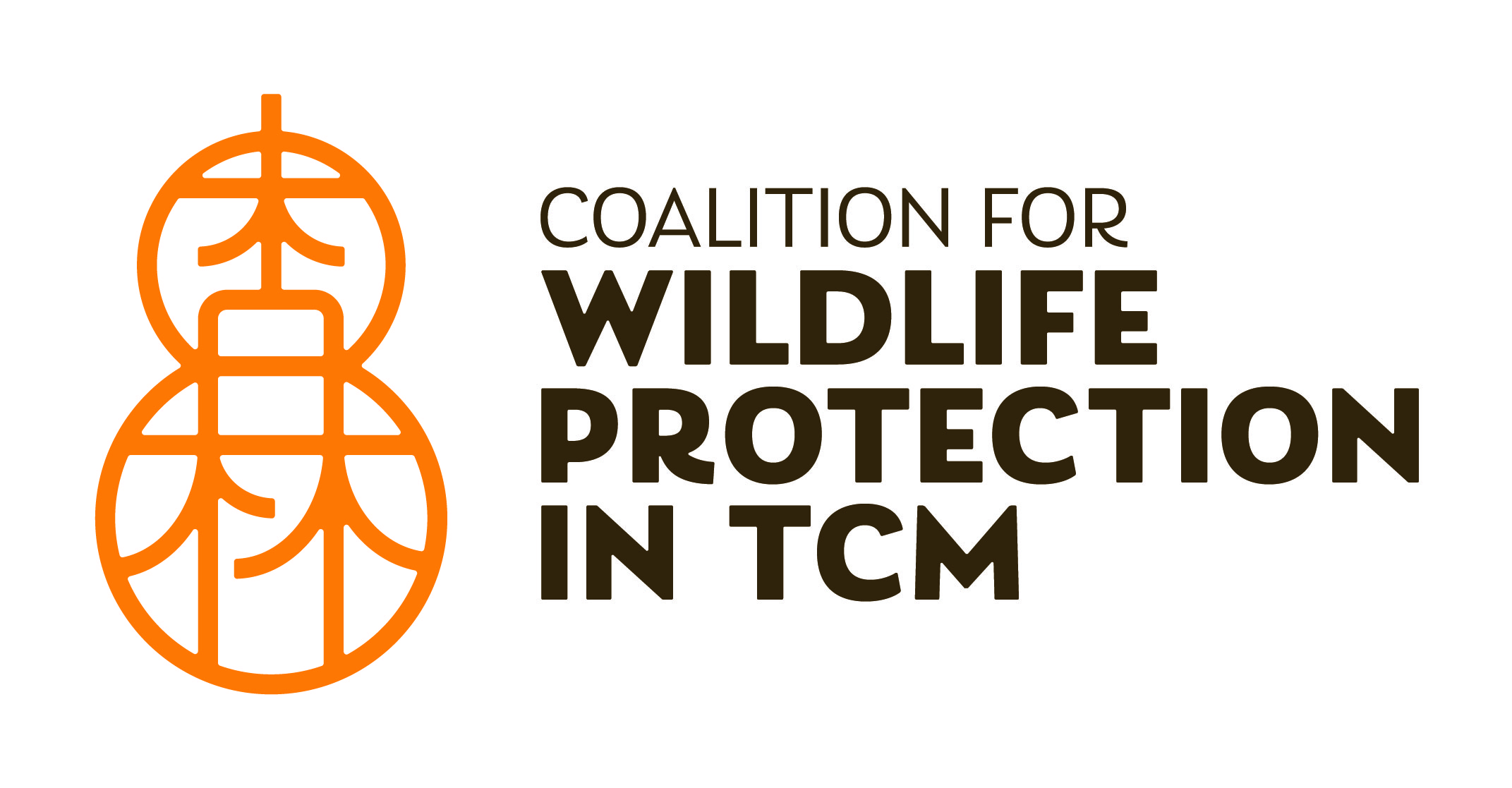SURVEY ON THE STATUS OF USING AND PROCESSING WILDLIFE PRODUCTS IN TRADITIONAL MEDICINE IN HUE CITY
The survey aims to understand the current situation of using and processing wildlife products in Traditional Medicine in Hue city; at the same time, it assesses the legal knowledge of practitioners regarding prescribing medicines containing wildlife ingredients, as well as identifying the difficulties and advantages in reducing or completely stopping this practice.
Main activity:
Content
In the context of Thua Thien Hue facing a rapid decline in biodiversity, a survey was conducted from May to June 2023 to assess the status of using and processing wildlife products in Traditional Medicine in Hue city and its surrounding areas. The survey results from 120 subjects, including practitioners, doctors, and physicians, showed that the use of products such as bear bile, pangolin scales, rhino horn, and tiger bone has significantly decreased compared to the past. The majority of respondents stated that they had stopped using these products more than 10 years ago.
The main reasons for reducing or not using wildlife products are concerns about breaking the law, awareness of the harm to the environment, and the availability of suitable alternative medicinal ingredients. In particular, communication campaigns and current legal regulations play an important role in changing the behaviour of Traditional Medicine practitioners. 85% of survey participants said they were willing to use alternative medicinal ingredients, and the majority did not face difficulties in completely stopping the use of wildlife.
The survey also showed that legal awareness related to wildlife protection among the Traditional Medicine community is quite high, with over 93% knowing about the regulations prohibiting the use of wildlife in medicine and nearly 96% acknowledging that this practice is a violation of the law. This result shows a positive signal in the effort to reduce the use of wildlife in Traditional Medicine and move towards sustainable treatment solutions, consistent with the trend of protecting wildlife and the natural environment.
